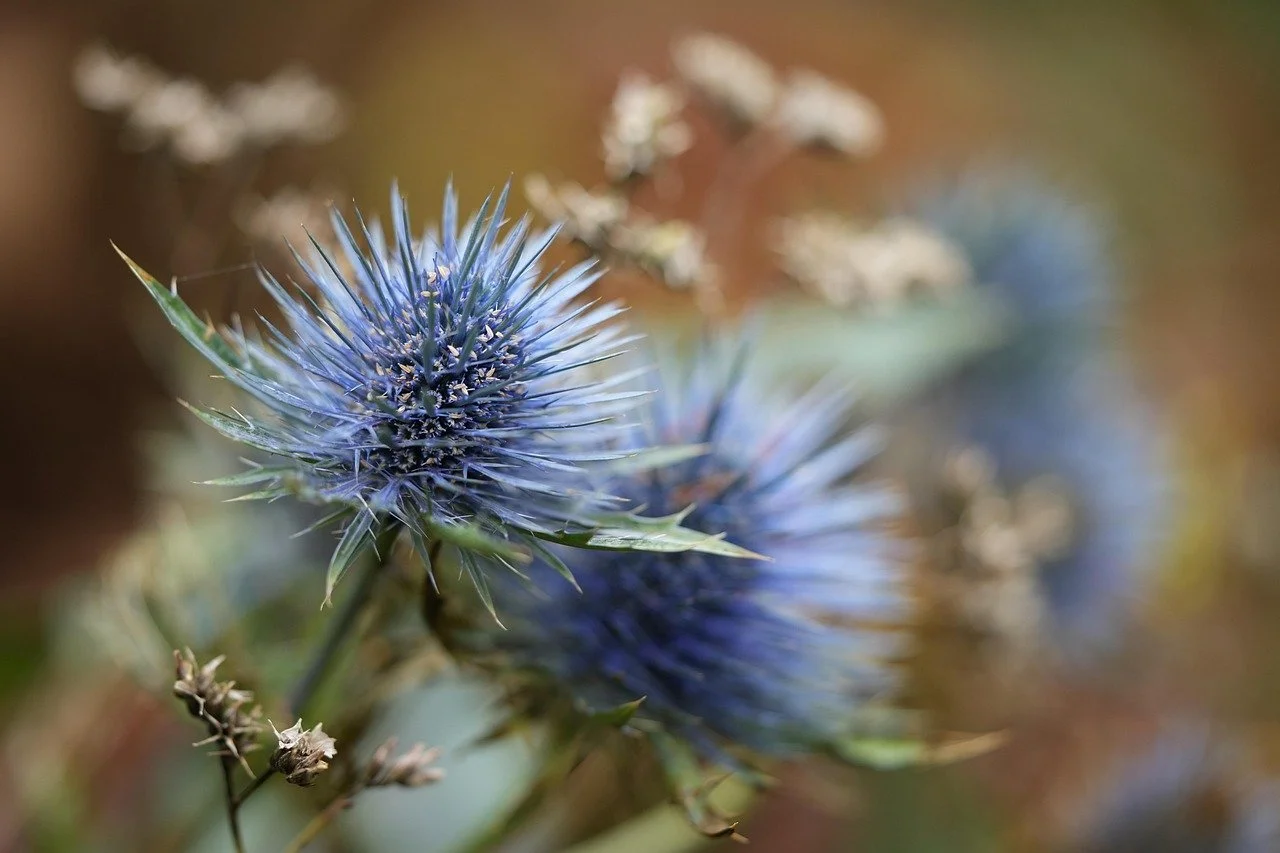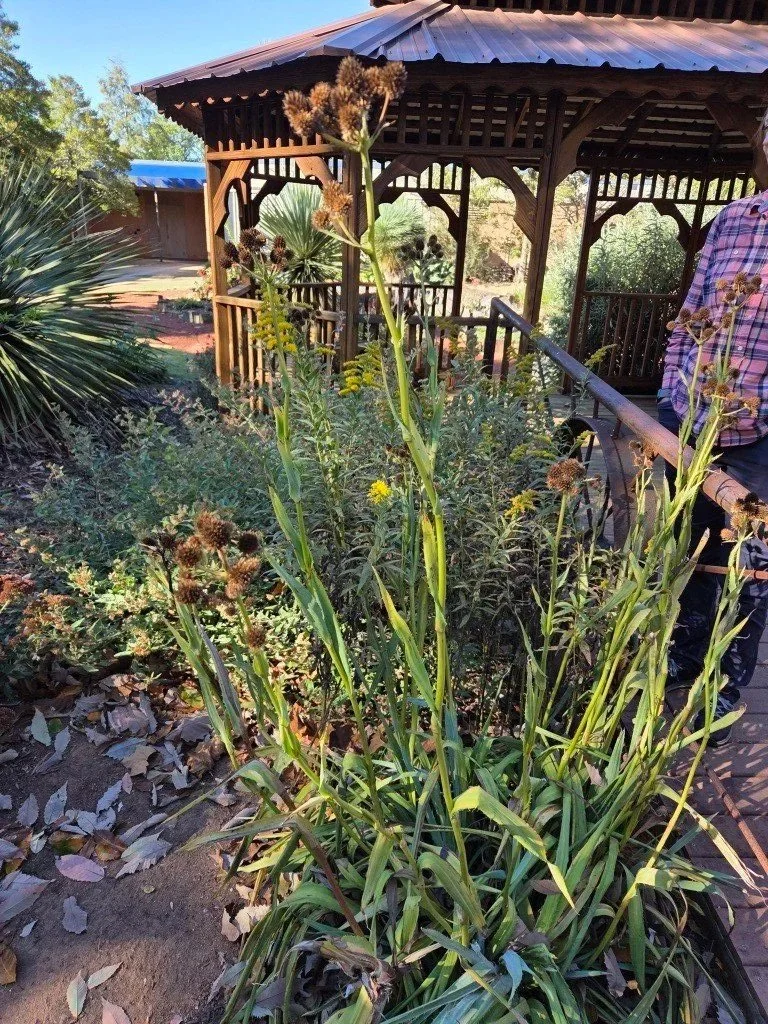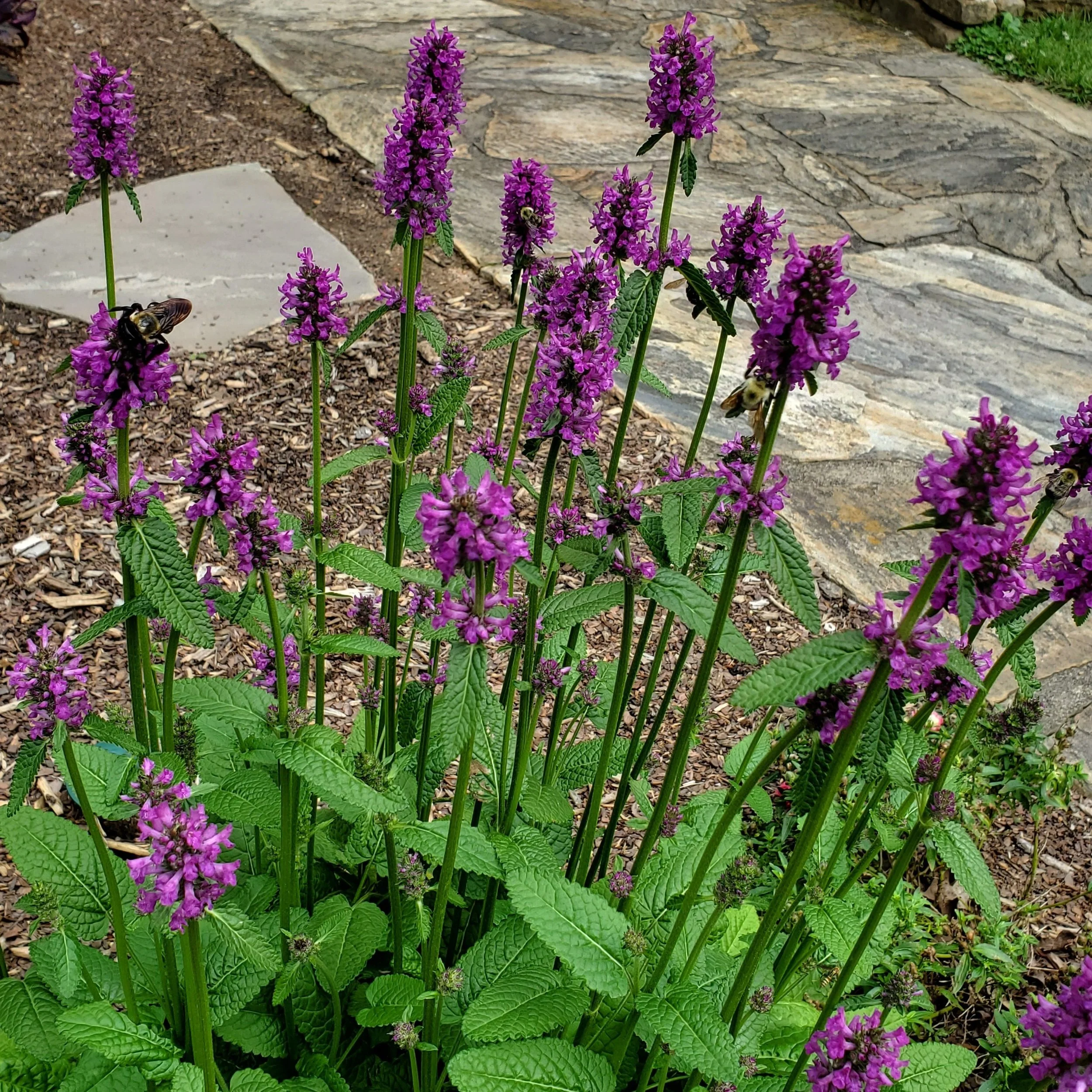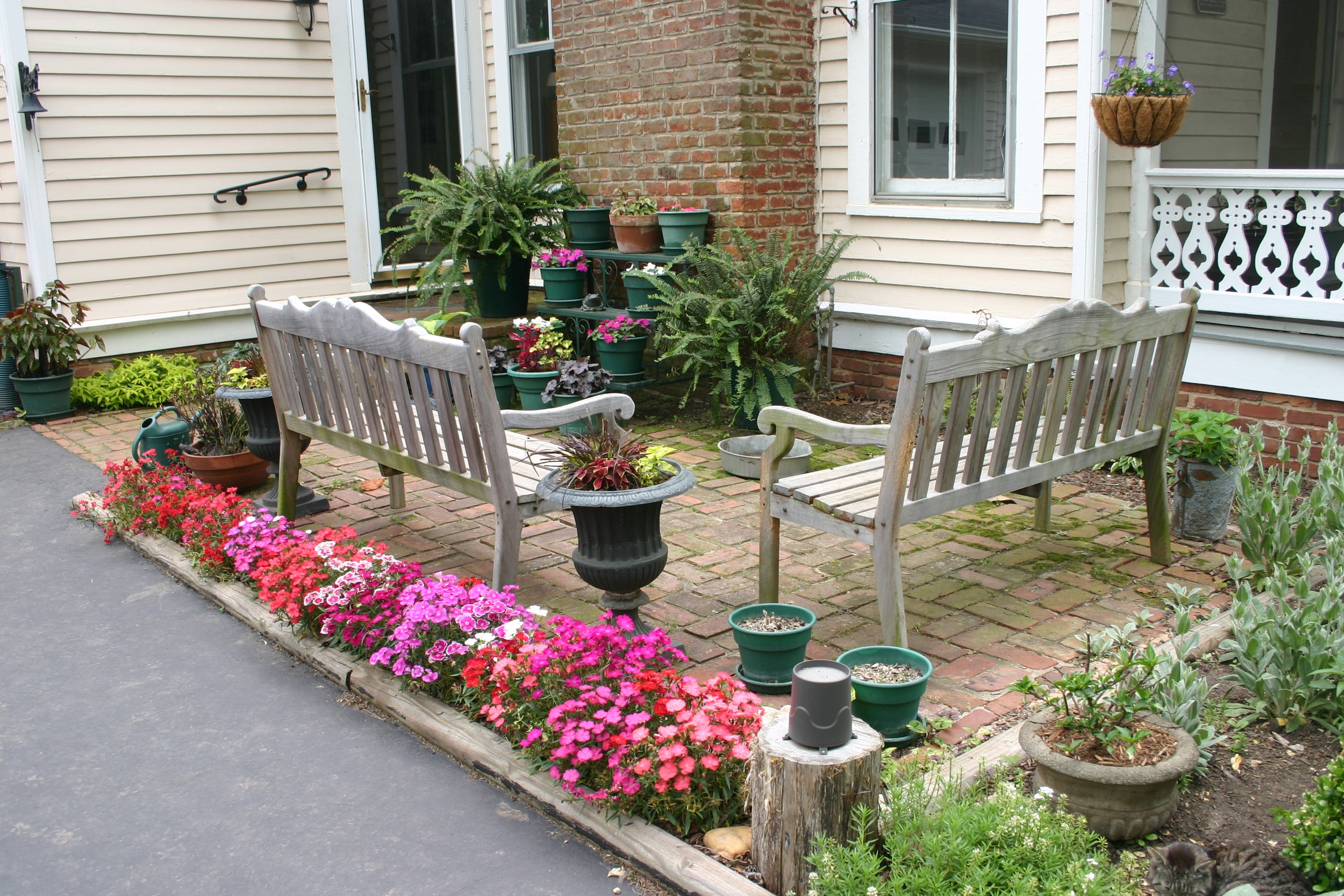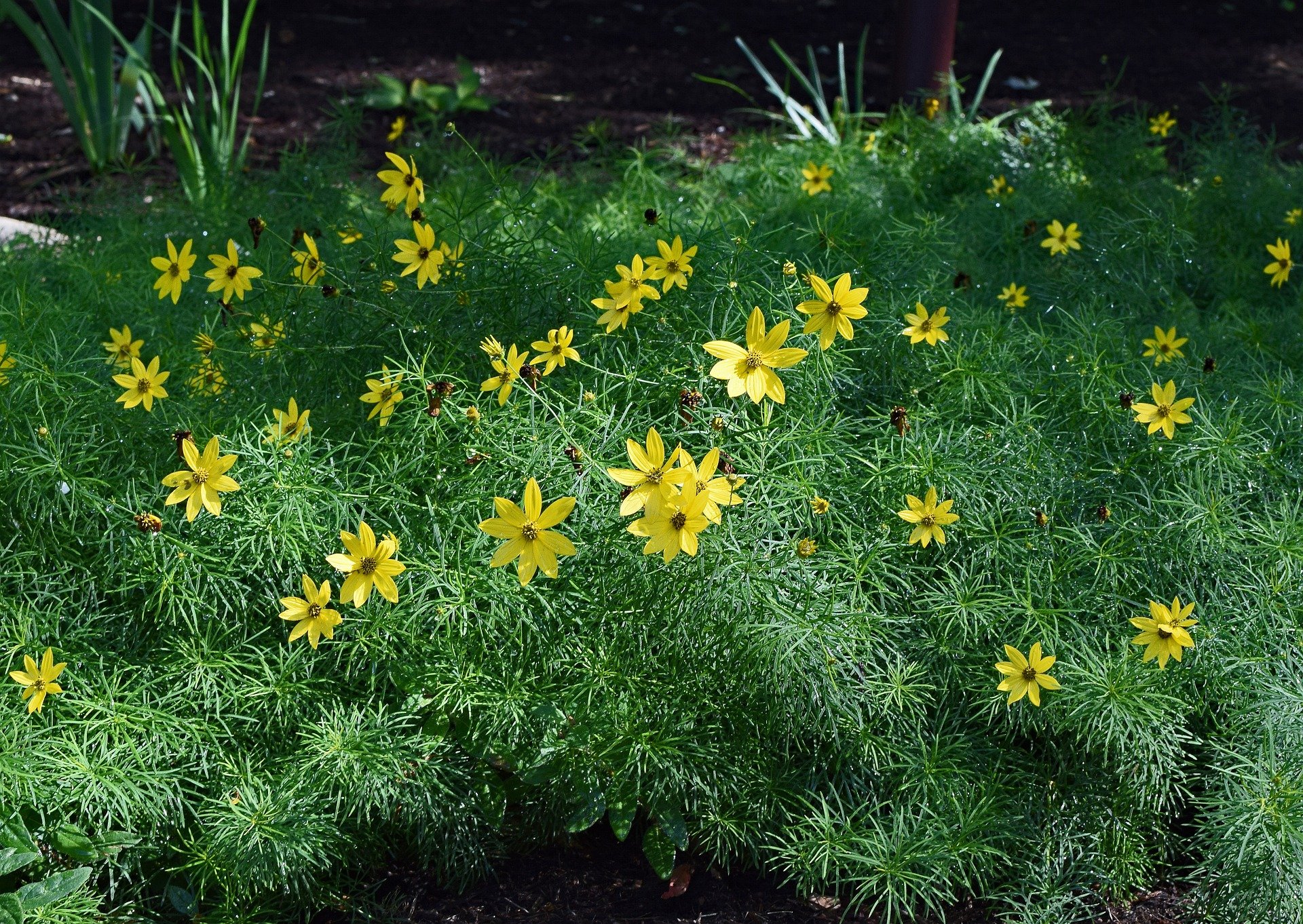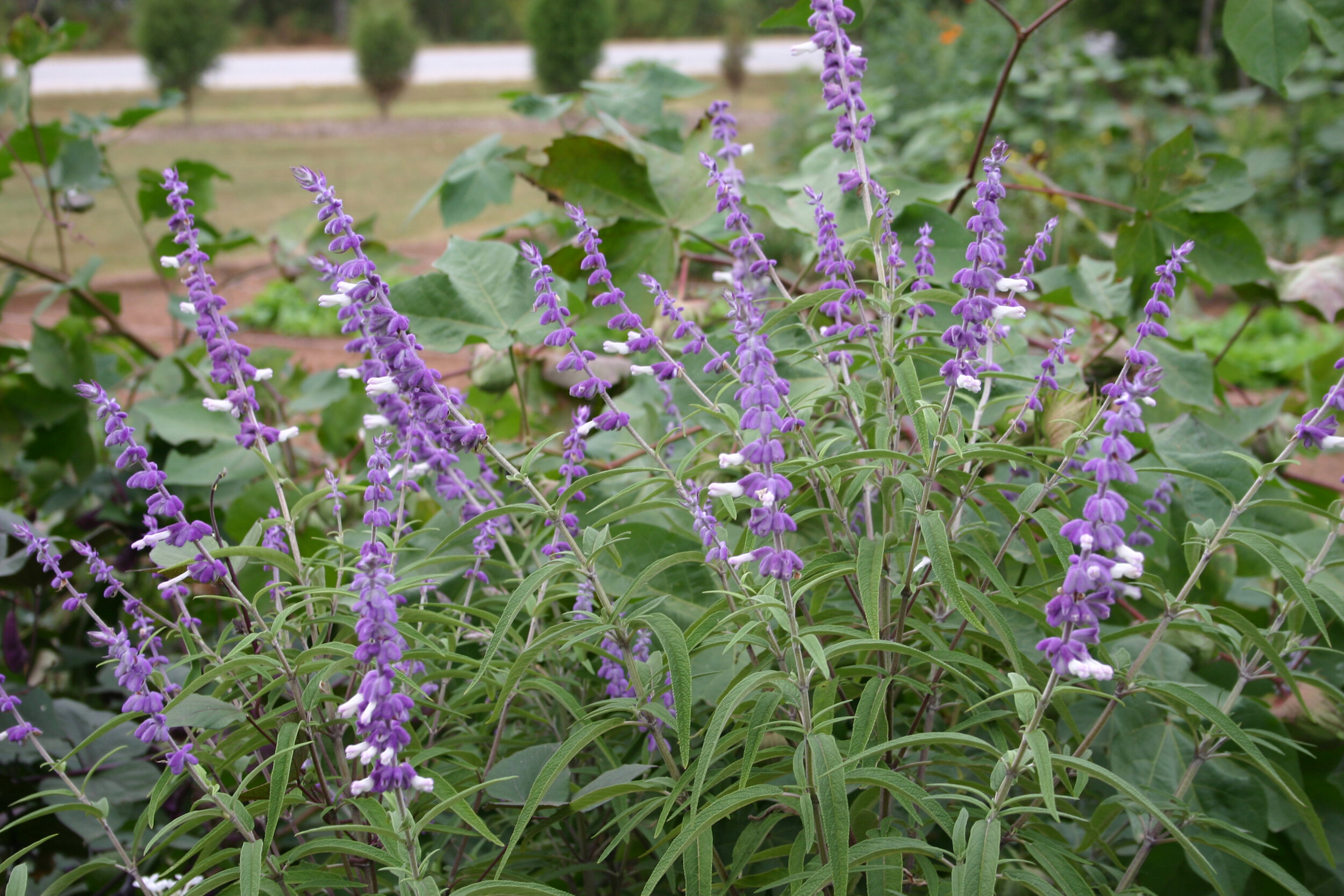This week, I was part of a group walking through the grounds at a local arboretum. In the xeric pocket garden, an unusual plant caught our attention. One of the other students grabbed its spiky seed head and let out a surprised yelp of pain. I have an attraction to sharp, thorny, stickery plants, so had to learn more. The instructor informed us that this oddball was Rattlesnake Master, Eryngium yuccifolium (pronounced er-RIN-jee-um yuk-ki-FOH-lee-um).
While Rattlesnake Master will never win beauty contests, it has some endearing characteristics. It will grow in any type soil, any pH, with almost any water availability. It is cold hardy from zone 3 to 8. Its only cultural demand is full sun. Flower stems will flop in shade or if grown in a rich soil.
The plant has wide leaves with sharp edges, much like a Yucca or Agave. In mid-summer, tall flower stems rise above the basal clump of foliage to heights of four or five feet with an equal spread. Round flowers are greenish white, aging to pale blue. They are stiff, making one think of thistle or Gomphrena blossoms. The fragrant flowers attract pollinators. They can be used as specimens, since the seed heads give interest throughout the winter. While they are fine in dry soil, plants tolerate boggy areas so they can be used near water features or ponds. Avoid placing them where passersby can inadvertently contact the sharp seed heads or leaf tips, or they may have the same pained reaction as my fellow student.
Rattlesnake Master is native to the central US. It earned its common name from the belief that it could be used to treat snakebite. Sadly, this is not true. Native Americans used it medicinally for other purposes.
Rattlesnake Master is rarely troubled by deer or rabbits, but voles may nibble at the crowns.
The flowers of Rattlesnake Master, Eryngium yuccifolium, age from greenish white to pale blue.
Spiky seed heads remain after flowers are spent.
Mature plant is more than head high.

